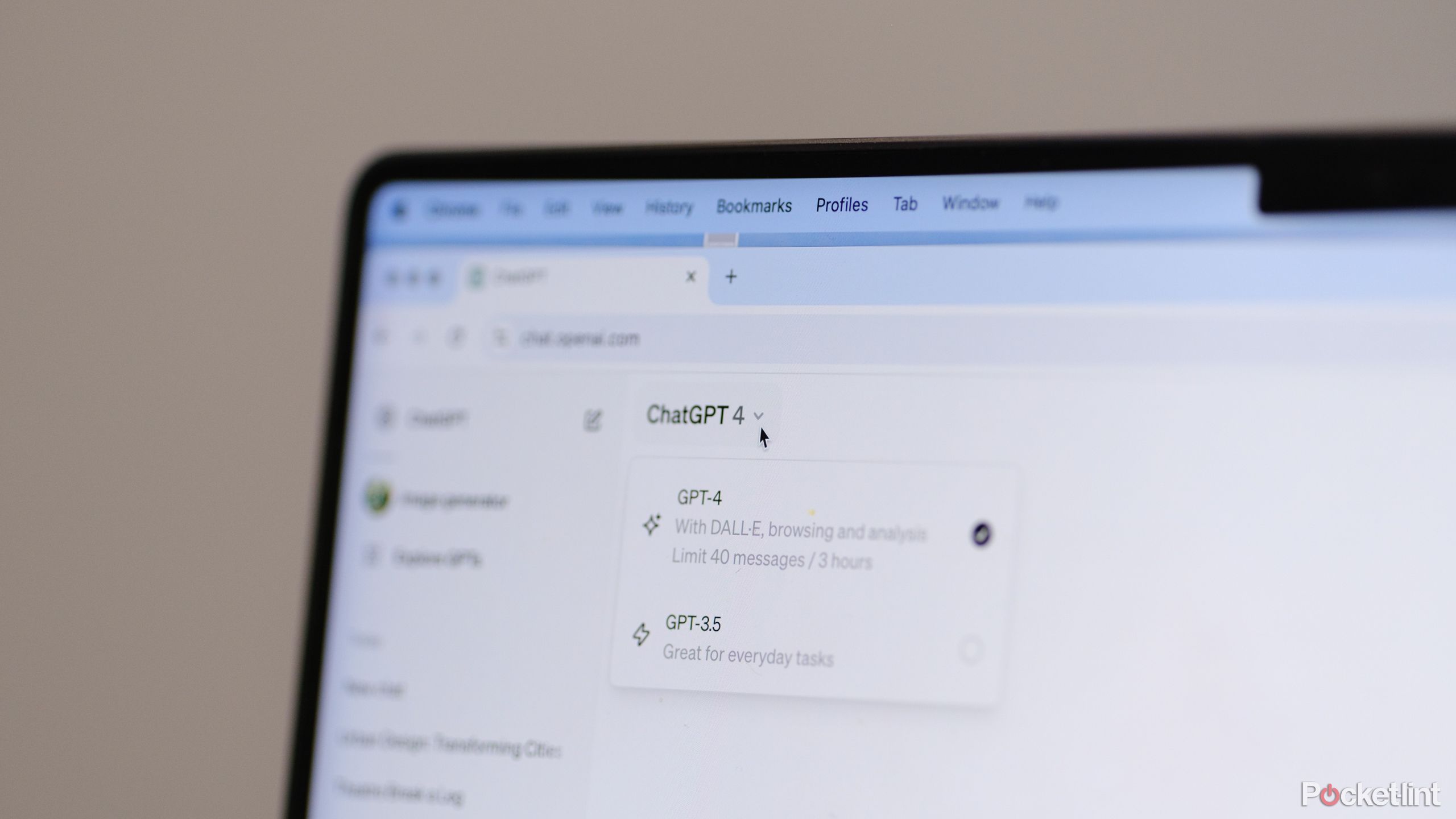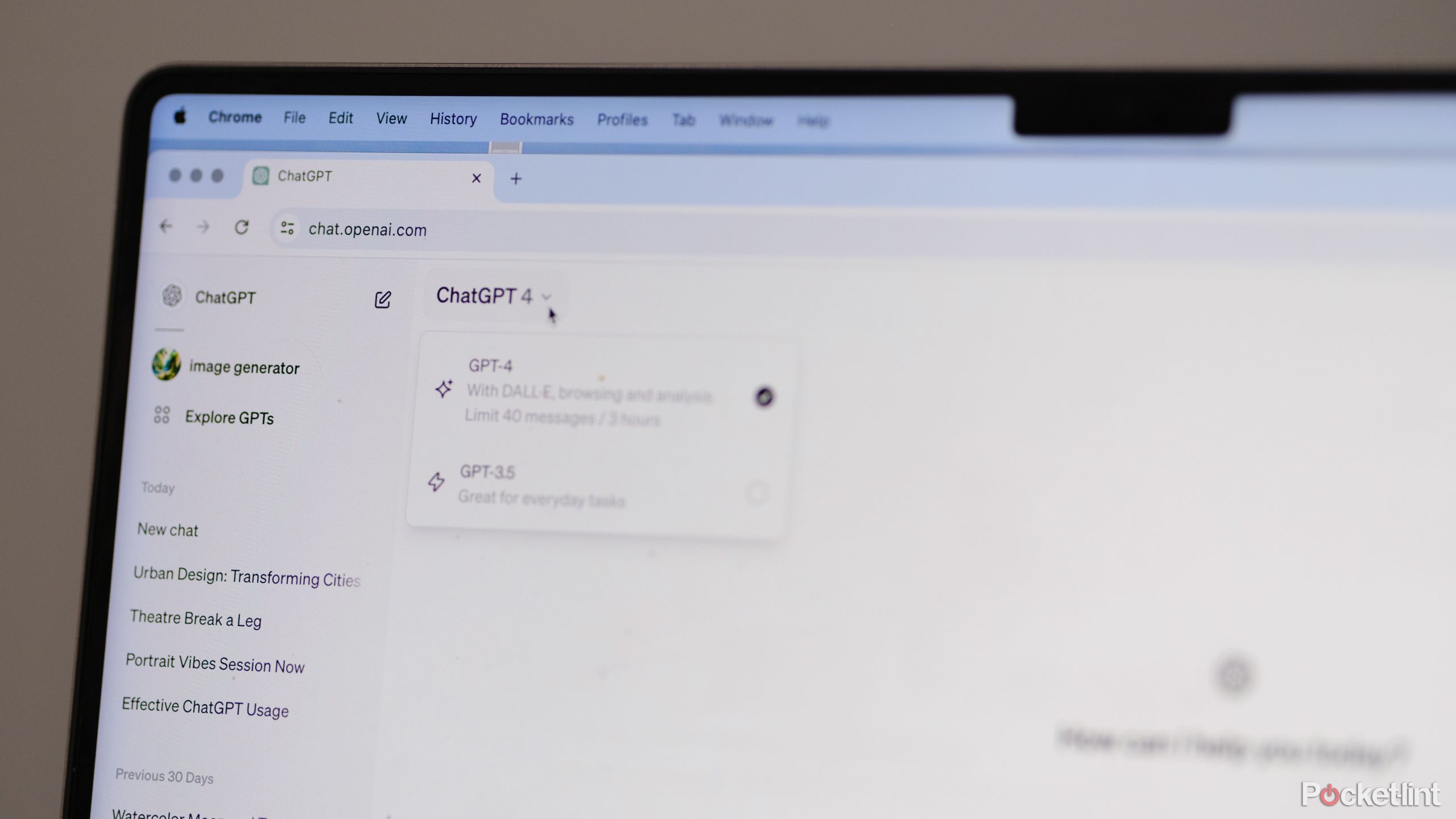Key Takeaways
- Getting the hang of a few clever tricks can turn your GPT-4 experience from good to mind-blowing.
- It’s all about asking the right way to get spot-on answers or creative gems, fast and fuss-free.
- The better you get at telling GPT-4 exactly what you want, the more it feels like it’s reading your mind.
When OpenAI launched the latest version of ChatGPT, the generative AI company said GPT-4 was capable of passing the bar exam, the SATs, or even an AP Art History exam. But getting the most out of the chatbot requires an understanding of how to use GPT-4, what works — and what doesn’t.
As a writer, I’ve followed the development of generative AI text models closely. Eventually, curiosity got the best of me and I had to see what the program could — and couldn’t — do. I asked GPT-4 to generate a variety of different texts, including social media marketing posts, a cover letter to a job application, a poem, and the outline of a novel. I even asked it to generate its own list of GPT-4 tips and tricks. (And yes, this article is written by a human.)
Should you try ChatGPT Plus? Here’s everything it can do
ChatGPT Plus is basically for those who want a more reliable, efficient ChatGPT experience. But, for $20 monthly, what else does it include?
While switching from the older GPT-3.5 to GPT-4 is straightforward, creating the right ChatGPT prompts is a nuanced experience. The best results come from understanding how to write an effective GPT-4 prompt and understanding what the text generator can and cannot do.
How to find and use GPT-4 in ChatGPT
First, using Chat GPT-4 from OpenAI requires a ChatGPT Plus subscription. If you use the free program, you are limited to GPT-3.5. While you can use other programs that are based on GPT-4 without a subscription, like Microsoft Copilot, a subscription is required to use the latest GPT directly from OpenAI.
Using GPT-4 with a ChatGPT Plus subscription is straightforward:
- Navigate to chat.openai.com. Or, use the ChatGPT app. Log into your account, if you haven’t already.
- At the top of the chat window, you’ll see the name of the version that you are using. Click on this and select GPT-4 from the menu instead of GPT-3.5.
- Once you’ve swapped to GPT-4, use the text bar to chat or ask for generated content.
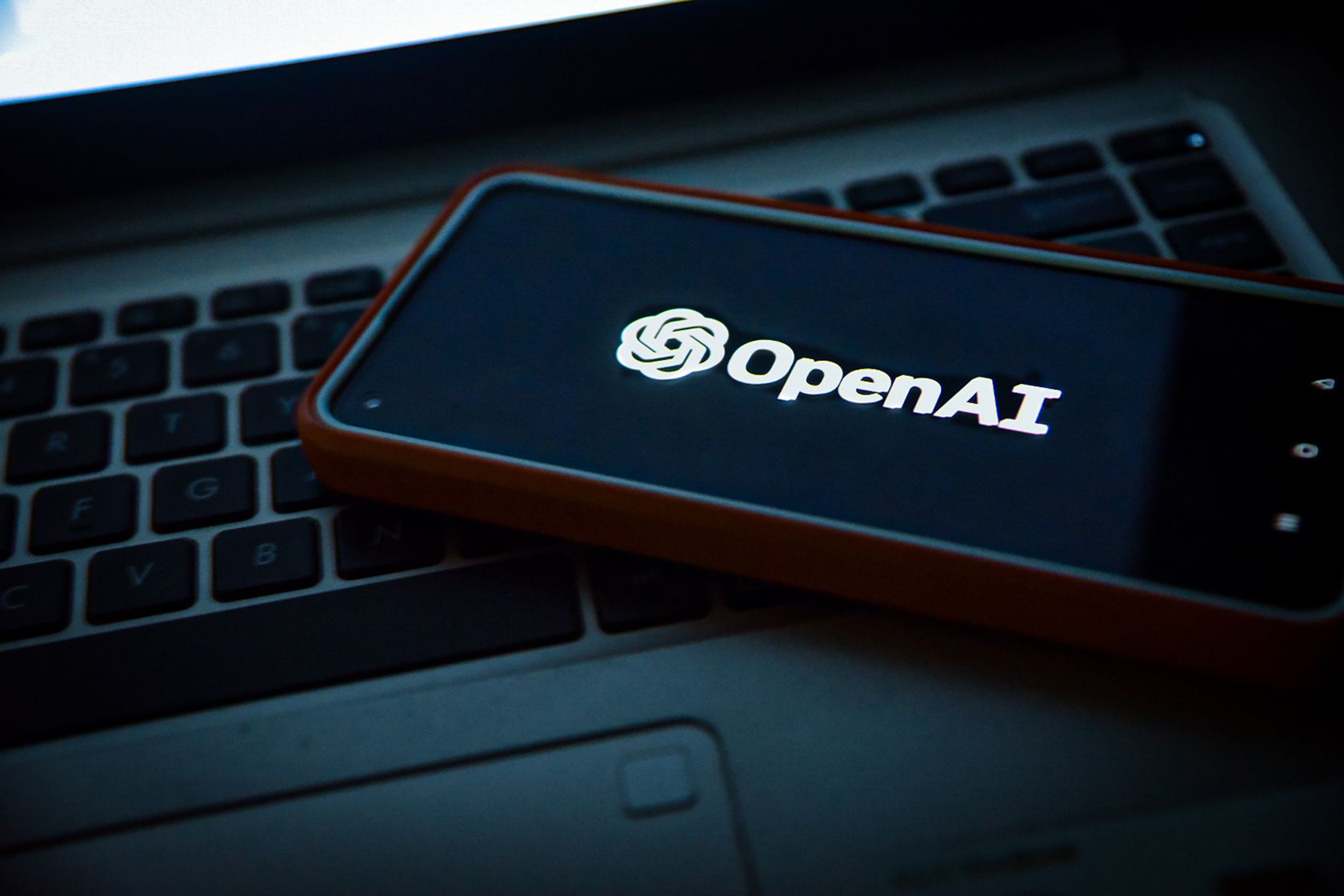
ChatGPT update: How is GPT-4 different from GPT-3.5?
GPT-4 is the latest and most advanced version of OpenAI’s large language model, which powers the AI chatbot ChatGPT, as well as other applications.
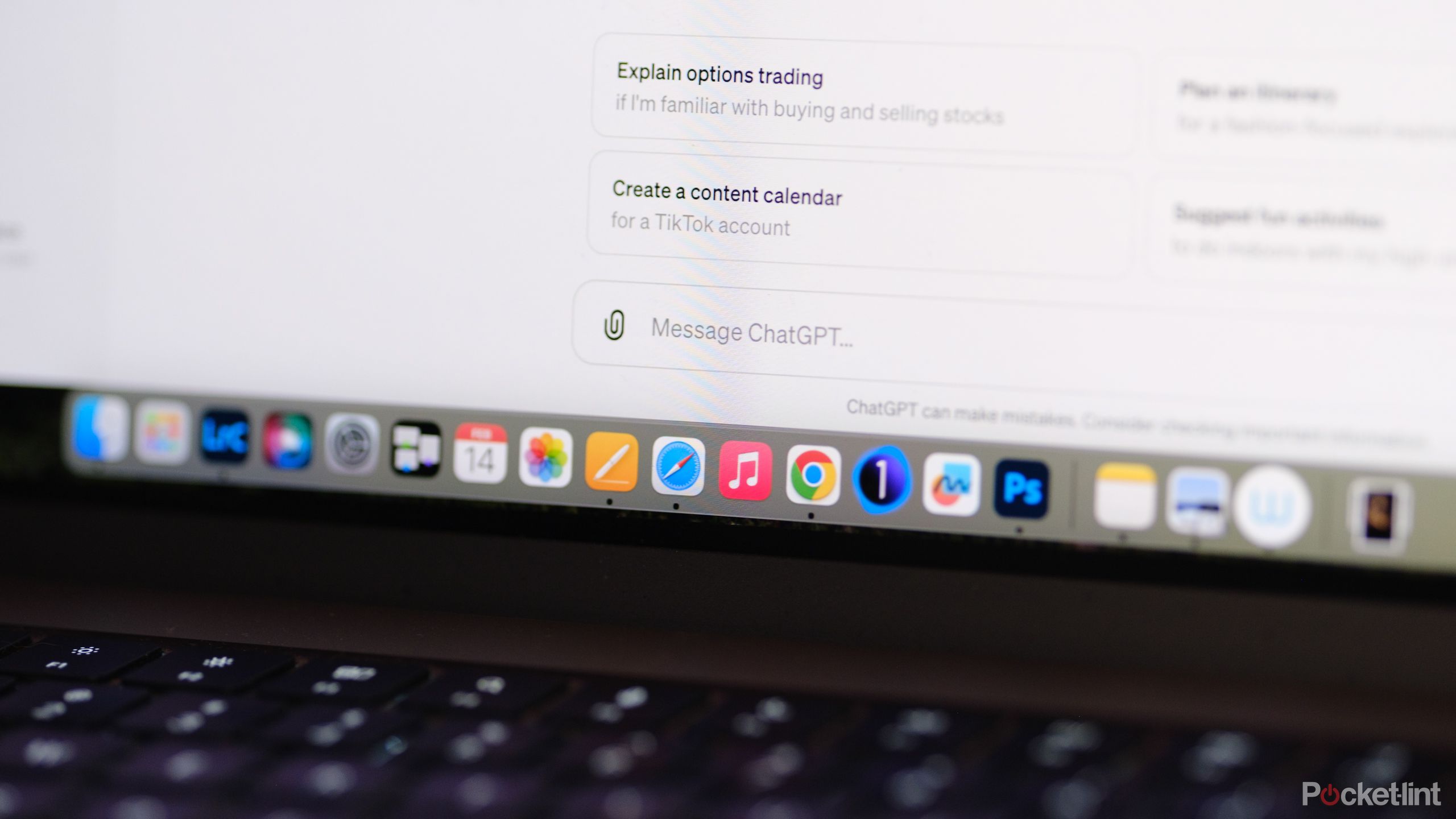 Top GPT-4 prompts, tips, and tricks
Top GPT-4 prompts, tips, and tricks
While switching ChatGPT to GPT-4 is simple, using the generative AI isn’t always that way. The prompts that you type in dictate what type of information is spit back out. Too few details, and you won’t get anything close to what you are looking for. The first two tricks below use GPT-4’s newest features, while the remainder of the list helps build your skills in writing effective AI prompts.
1. Use images to add more detail to your prompts.
One of the new features in GPT-4 is the ability to use images as well as text in the prompt. For example, if you want ChatGPT to write a Facebook post, include the image that you have to accompany the post to give the program more data to work with. To do this, you’ll simply click on the paperclip icon to add a file into the prompt. (This is different from creating an image with ChatGPT, which is done using a DALL-E integration, as ChatGPT is a text-based generator.)
2. Ask about current events.
Earlier versions of ChatGPT were not able to access current events. While GPT-3.5 could discuss events that happened before its training finalized, it couldn’t answer questions about what happened since. However, GPT-4 now has a feature called Browse with Bing that allows it to look up information on the web, so it can now tell you what yesterday’s trending news stories are or who won the big game.
3. Be specific about your purpose.
Are you writing an Instagram caption or a professional email? GPT-4 understands some of the nuances between content written for different purposes. For example, when I asked for social media posts, I got casual conversation interspersed with emojis. When I asked for a cover letter, the program spit back professionally worded text.
Purpose can extend beyond general formats. When I asked for an engaging social media post, ChatGPT generated text that asked a question or included instructions like “slide into my DMs.” It similarly understood when I instead asked for something educational or entertaining.
4. Clarify who the audience is.
GPT-4 will spit out better results if you clarify who your reader is. For example, I got vastly different results when I asked for a social media post aimed at teenagers compared to when I asked for a post directed towards women over age 50. Including both the purpose and audience together will help increase the odds that the first text generated is spot on.
5. Request revisions or ask follow-up questions.
If you don’t get the text you are looking for the first time, ask for revisions. Use phrases like “Edit that” and add information or request something like shorter length or a different audience. GPT-4 is also conversational. As long as you are using the same chat window, you can ask follow-up questions without retyping in your earlier prompts.
6. Try third-party GPTs for more features.
While ChatGPT is a text generator, third-party integrations and custom GPTs expand the number of tasks the AI can handle. Click on the “Explore GPTs” option in the sidebar, and you’ll find a number of additional tools. For example, this is where you’ll find the DALL-E integration to use GPT-4 to generate images, not just text. You’ll also find AI tutors, travel planning assistants, and more here. ChatGPT is also used to power browser extensions for more capabilities.
7. Ask GPT-4 to revise something that you already wrote to make it better.
GPT-4 can also be used as a virtual editor. You can ask GPT-4 to look for grammatical mistakes or to make revisions by copying and pasteing content that you already wrote. Use prompts like, “Are there any grammatical errors in this” or “Revise this” and paste your content in quotes. Ironically enough, this also works with content that GPT-4 already generated – it caught a missing Oxford comma in content that the program itself had generated just a few minutes before, though it also flattered itself with phrases like “beautifully written.”
8. Avoid words and phrases with multiple meanings.
GPT-4 doesn’t always understand words and phrases with double meanings. I was impressed that the program knew big foot meant Bigfoot and understood that “break a leg” was a theatrical expression of good luck and not a threat. But, when I asked it to describe a transparent person, it began describing a ghost rather than an open person who lacks a good poker face. Whenever possible, choose words that have singular meaning and avoid words or phrases that could mean multiple things.
9. Use Chat GPT-4 for brainstorming.
ChatGPT can do more than just spit out text — the conversational nature can also help you brainstorm ideas or talk over projects that you’re stuck on. For example, you could ask it for topic ideas for your next blog, or gift ideas for an upcoming holiday. Try starting a prompt with “Brainstorm 5 ideas for…”
10. Verify all factual information.
While there are a number of changes to GPT-4, it still has the same disclaimer at the bottom of the page: “ChatGPT can make mistakes. Consider checking important information.” While the text generator is impressive, it’s far from perfect and has generated inaccurate information in the past. In fact, when I asked the AI for some tricks on using GPT-4, it told me that it couldn’t access data for current events that happened after training was complete. However, GPT-4’s new Browse with Bing allowed it to accurately tell me who won the game last weekend, proving the new system is capable of working with some new information through its plug-ins. If GPT-4 can’t even accurately tell you its own capabilities, it’s bound to make other factual mistakes.
11 Understand the program’s limitations.
While GPT-4 did better on the bar exam than GPT-3.5, the program didn’t perform as well across other subjects, such as literature. By nature, generative AI learns from patterns and mimics them, but fails at creating something entirely innovative. While it can continue a conversation from the same window, it doesn’t retain this data long-term and can’t pick up a conversation or prompt where you left off days later. Generative AI has also been tied to biases in training data, including cultural and racial prejudice.
Avoid sharing sensitive or private information.
GPT-4 uses the information that you type in to train itself. That means your content isn’t exactly private, so perhaps GPT-4 isn’t the best option for typing up that scathing breakup letter.
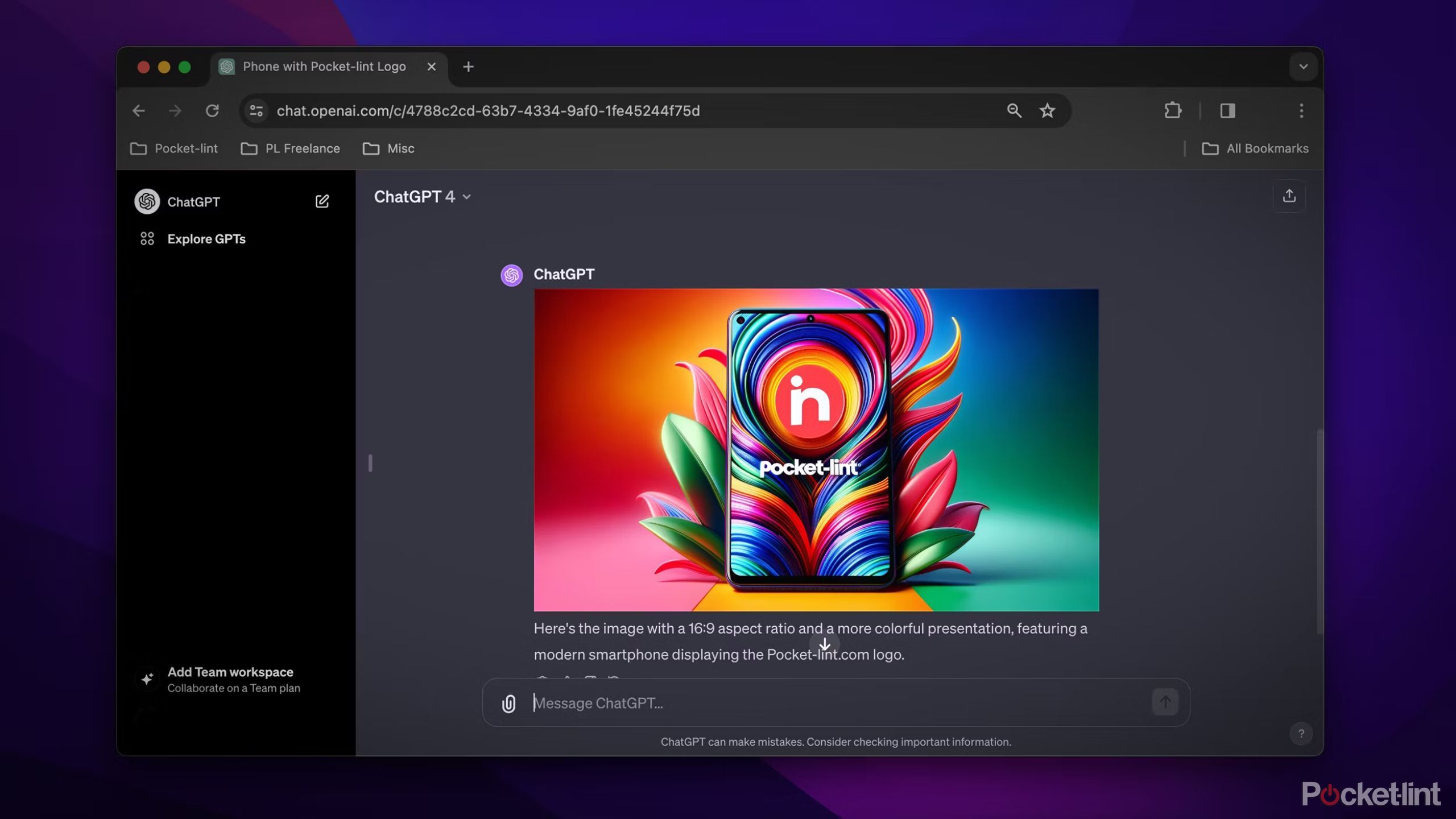
How to use ChatGPT to make AI-generated images and art
Whether you need a stock photo or a regal portrait of Big Foot, ChatGPT can now use AI to generate images. Here’s how, plus tips and tricks.
More FAQs
Q. What is GPT-4?
ChatGPT is a generative language machine-learning program — it uses artificial intelligence to create text. GPTs are variations of the ChatGPT program. GPT-4 is the latest foundational model. That means it’s the most advanced version of ChatGPT available. It’s also a multimodal language model, which means you can feed the program text and images. For example, if you want to ask ChatGPT to write a Facebook post for you, you can include the picture that you want the program to write about. (While ChatGPT is a language-based program and only generates text, it does have a DALL-E integration that can be used to generate images for subscribers.)
GPT-4 makes large gains in academic and professional tasks compared to the earlier model. OpenAI, the company behind ChatGPT, says that while the earlier GPT-3.5 scored in the bottom tenth percentile of the bar exam, GPT-4 scored in the top 90th percentile.
As the latest iteration, GPT-4 requires a subscription, while non-subscribers can use GPT-3.5 without any monthly fees.
Q. How much does GPT-4 cost?
While GPT-3.5 is available free without a subscription, GPT-4 is one of the perks of the $20 a month ChatGPT Plus. The subscription includes access to the platform’s most cutting edge features, which includes GPT-4. The subscription also has a few other perks, which you’ll find in this ChatGPT Plus guide.
Q. What are the Chat GPT-4 token limits?
GPT-4 requires a lot of computing power. To help negate the traffic, GPT-4 is limited to 40 messages, refreshing that limit every three hours.
Trending Products

Cooler Master MasterBox Q300L Micro-ATX Tower with Magnetic Design Dust Filter, Transparent Acrylic Side Panel…

ASUS TUF Gaming GT301 ZAKU II Edition ATX mid-Tower Compact case with Tempered Glass Side Panel, Honeycomb Front Panel…

ASUS TUF Gaming GT501 Mid-Tower Computer Case for up to EATX Motherboards with USB 3.0 Front Panel Cases GT501/GRY/WITH…

be quiet! Pure Base 500DX Black, Mid Tower ATX case, ARGB, 3 pre-installed Pure Wings 2, BGW37, tempered glass window

ASUS ROG Strix Helios GX601 White Edition RGB Mid-Tower Computer Case for ATX/EATX Motherboards with tempered glass…


